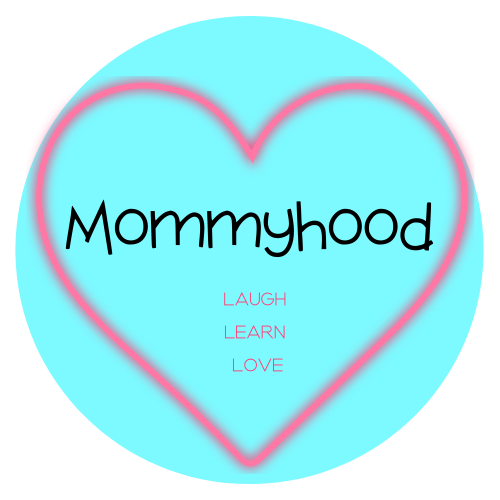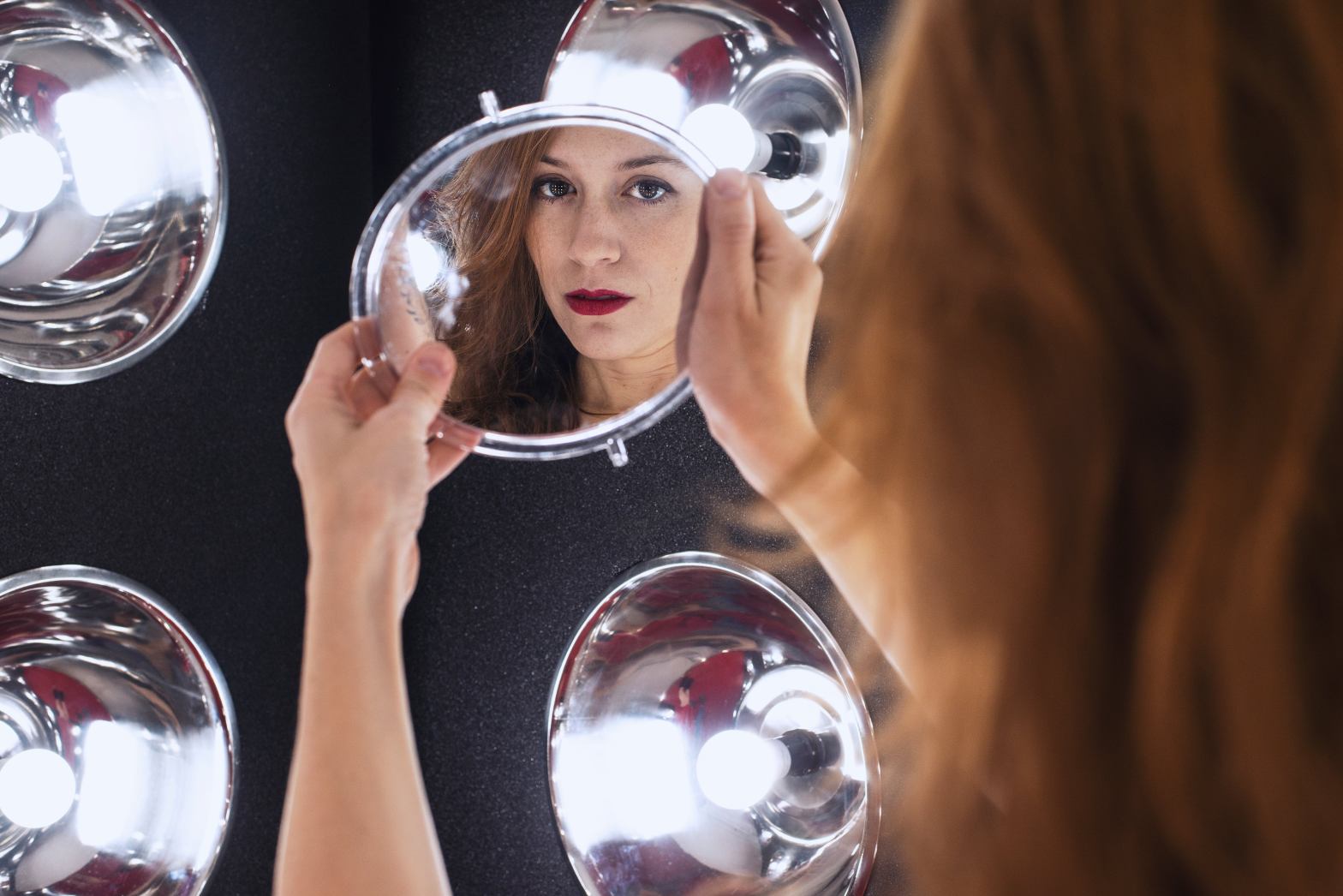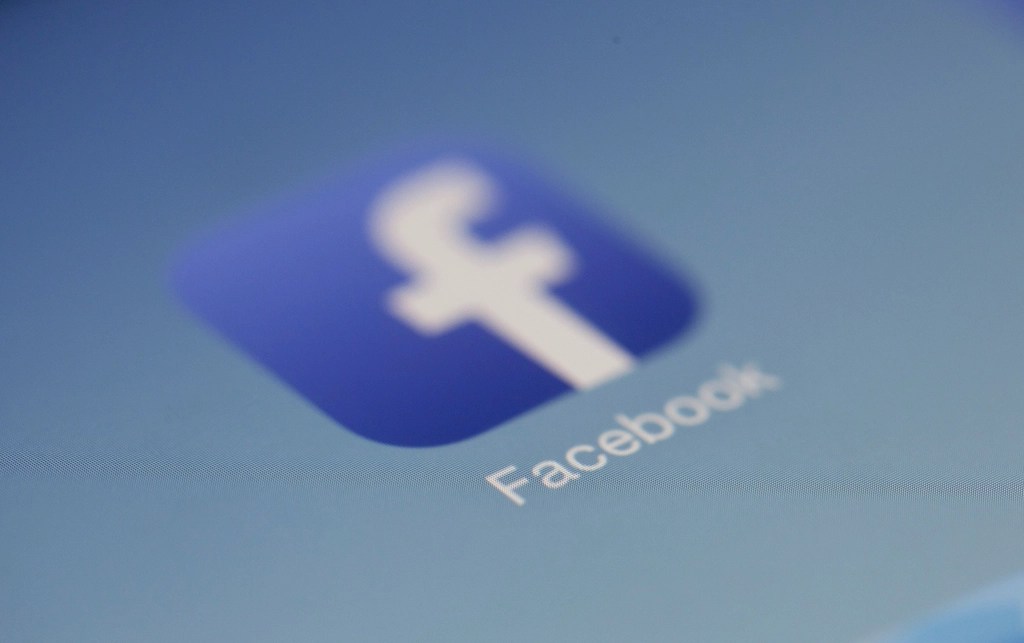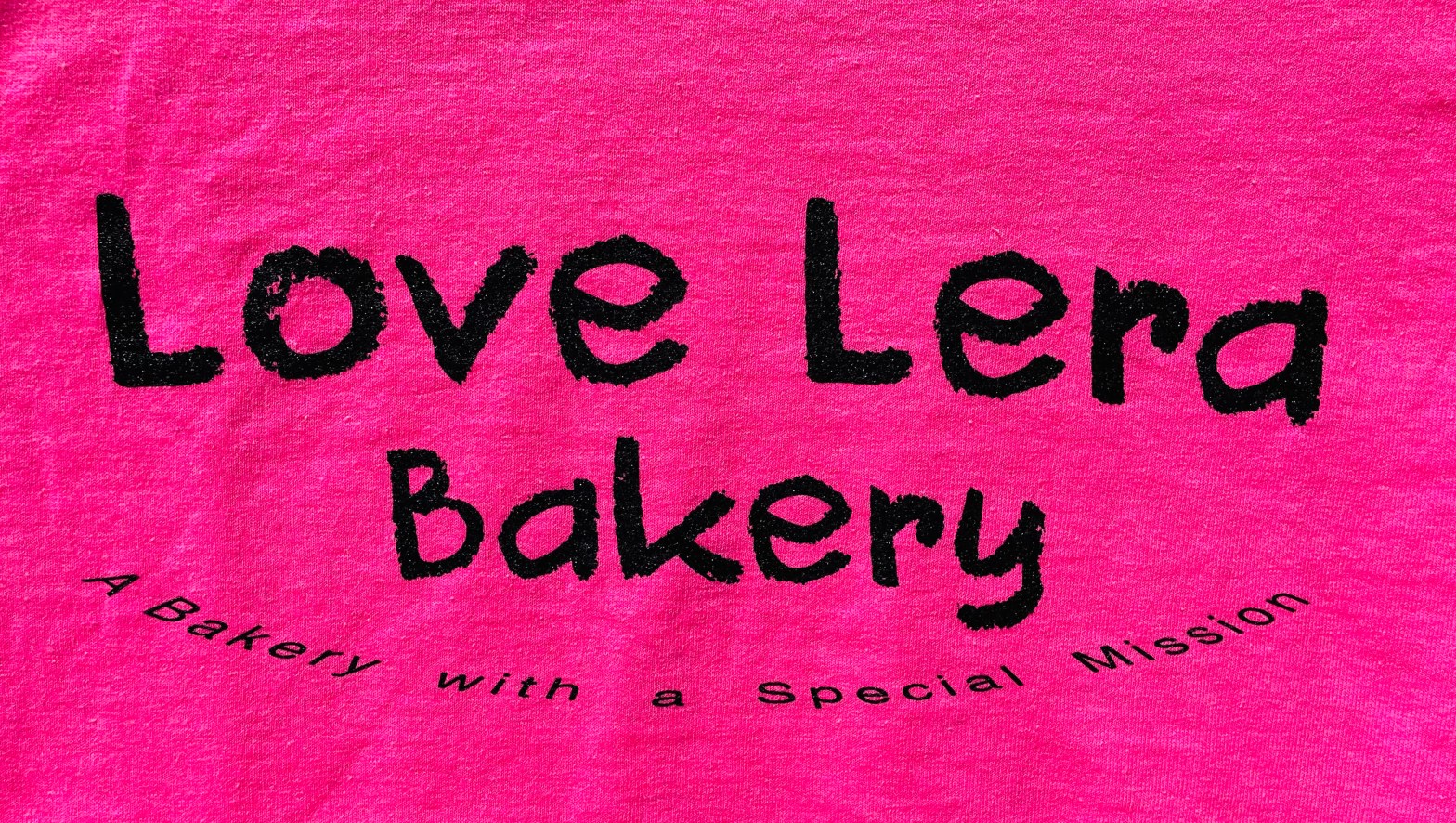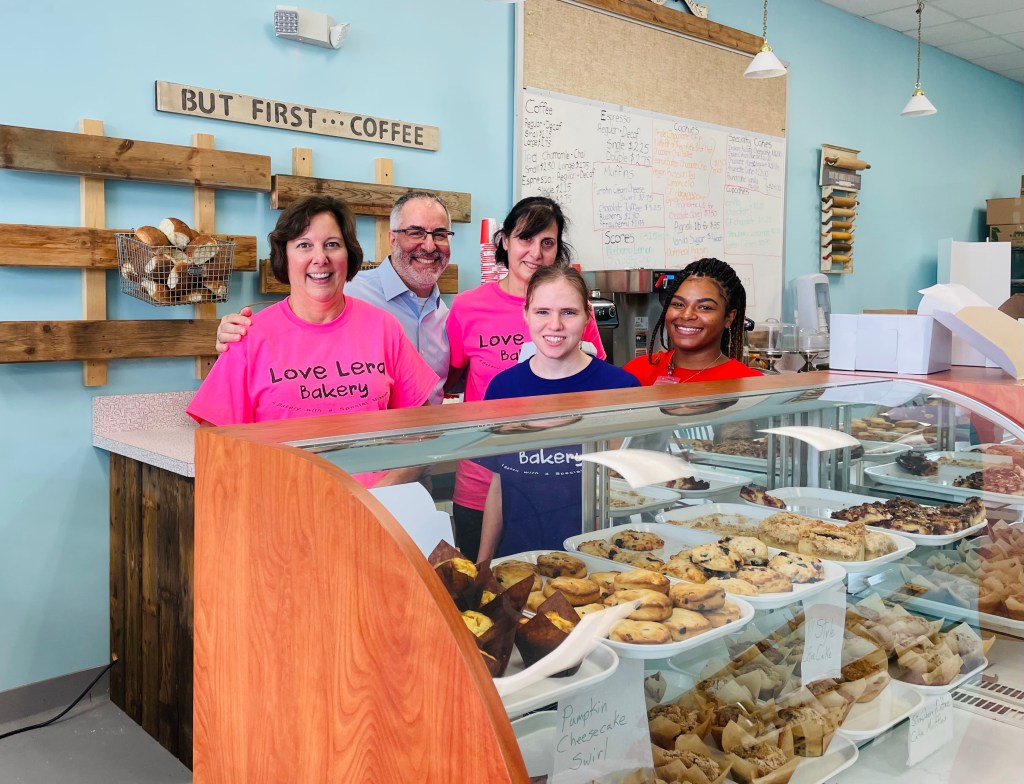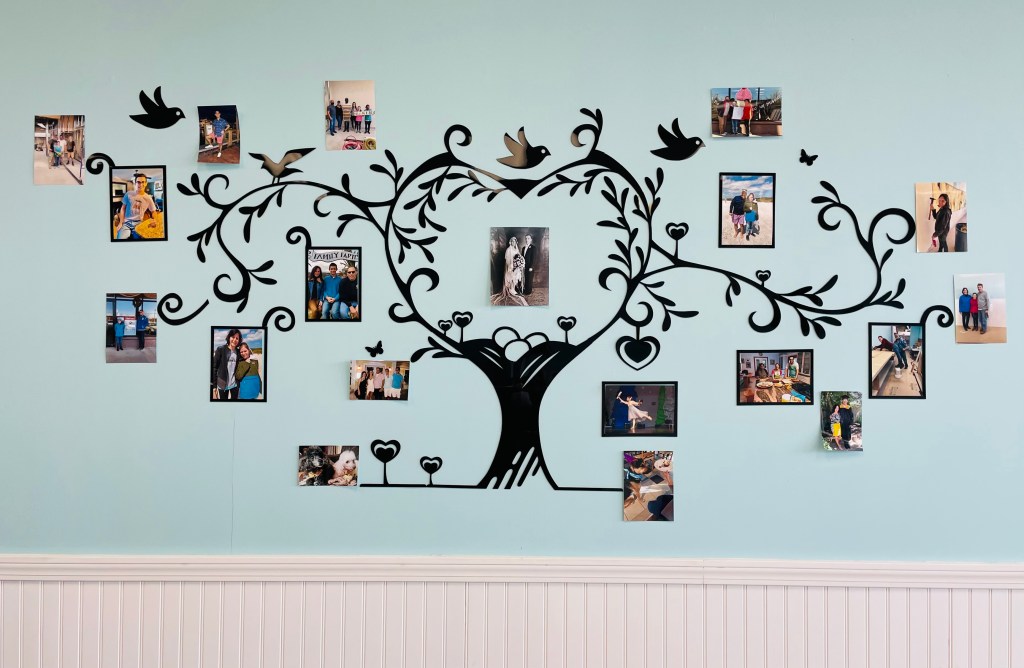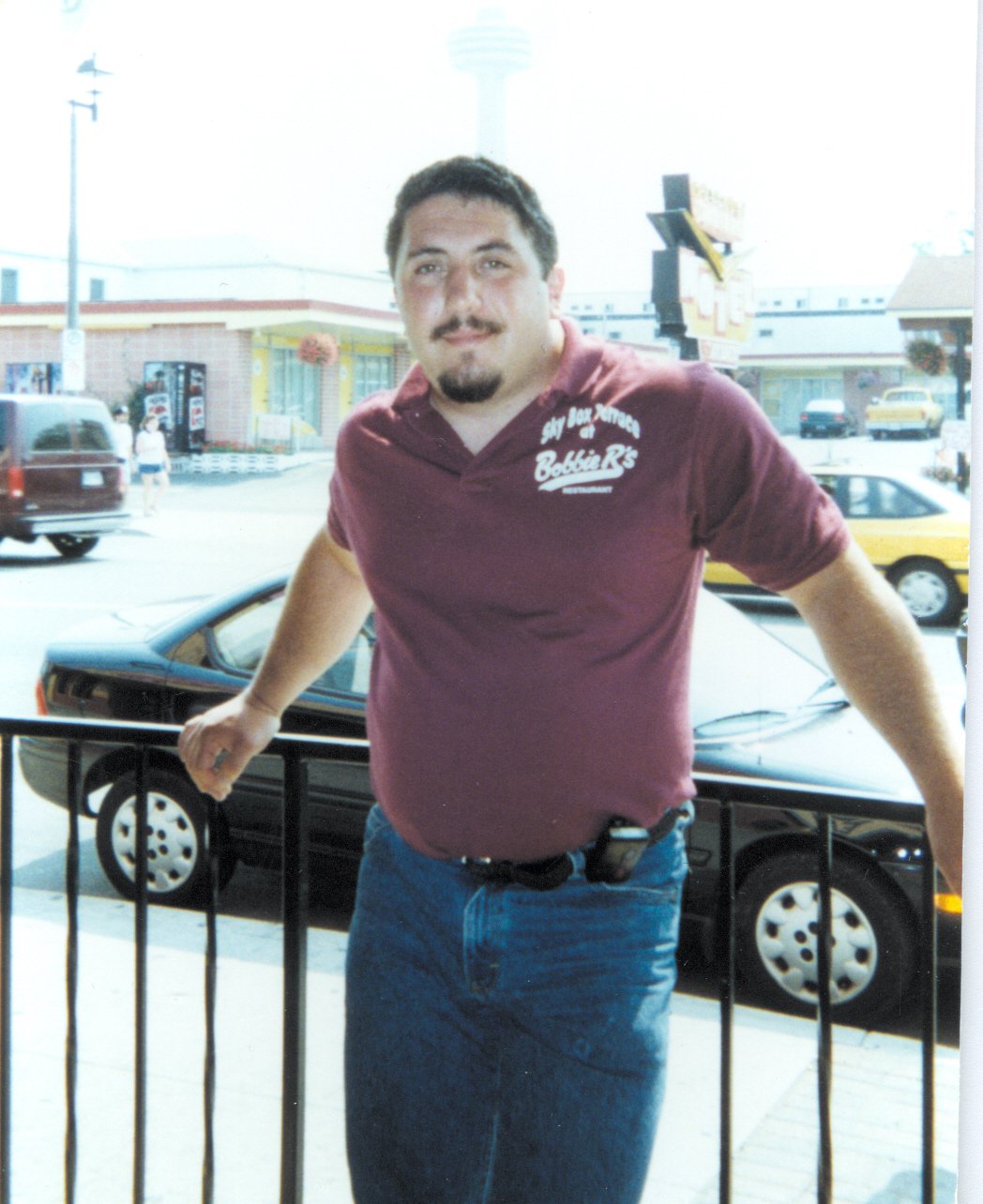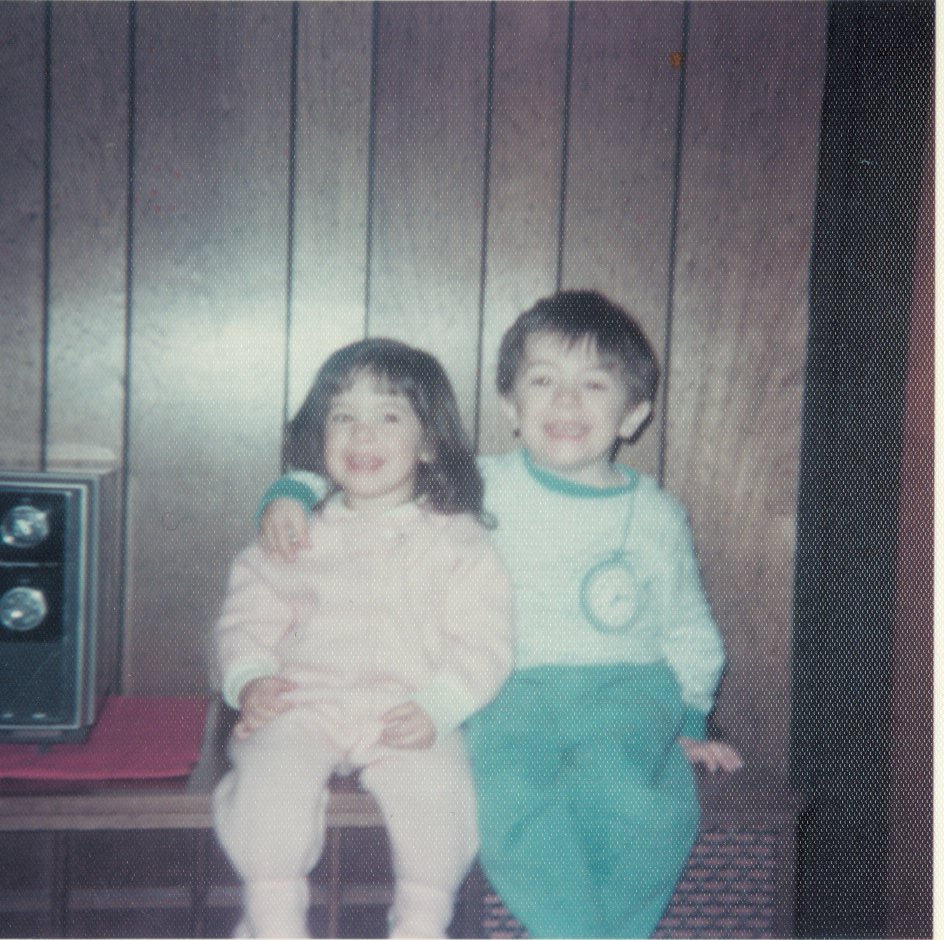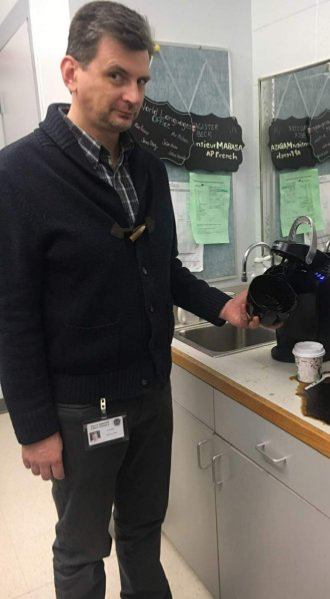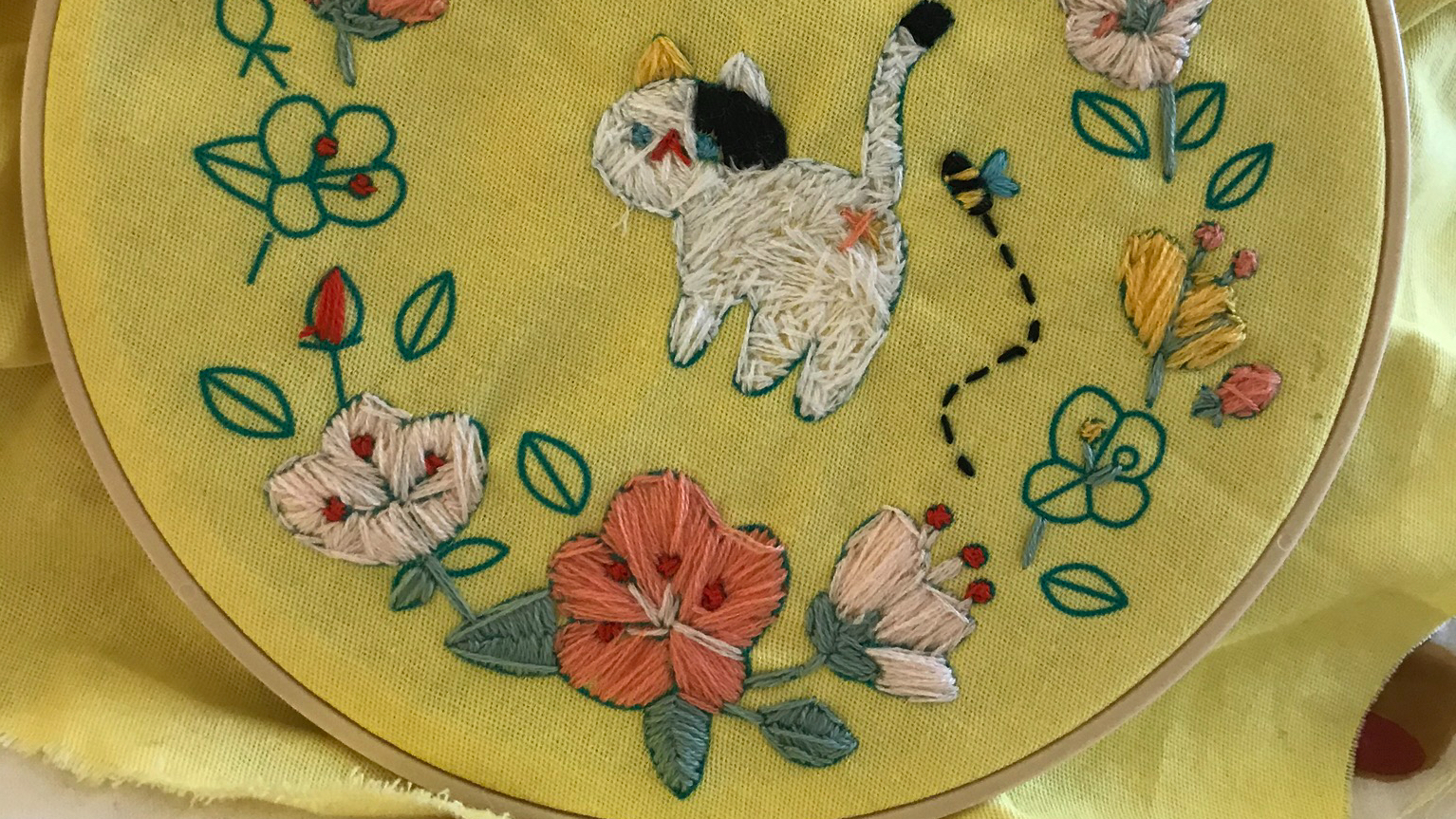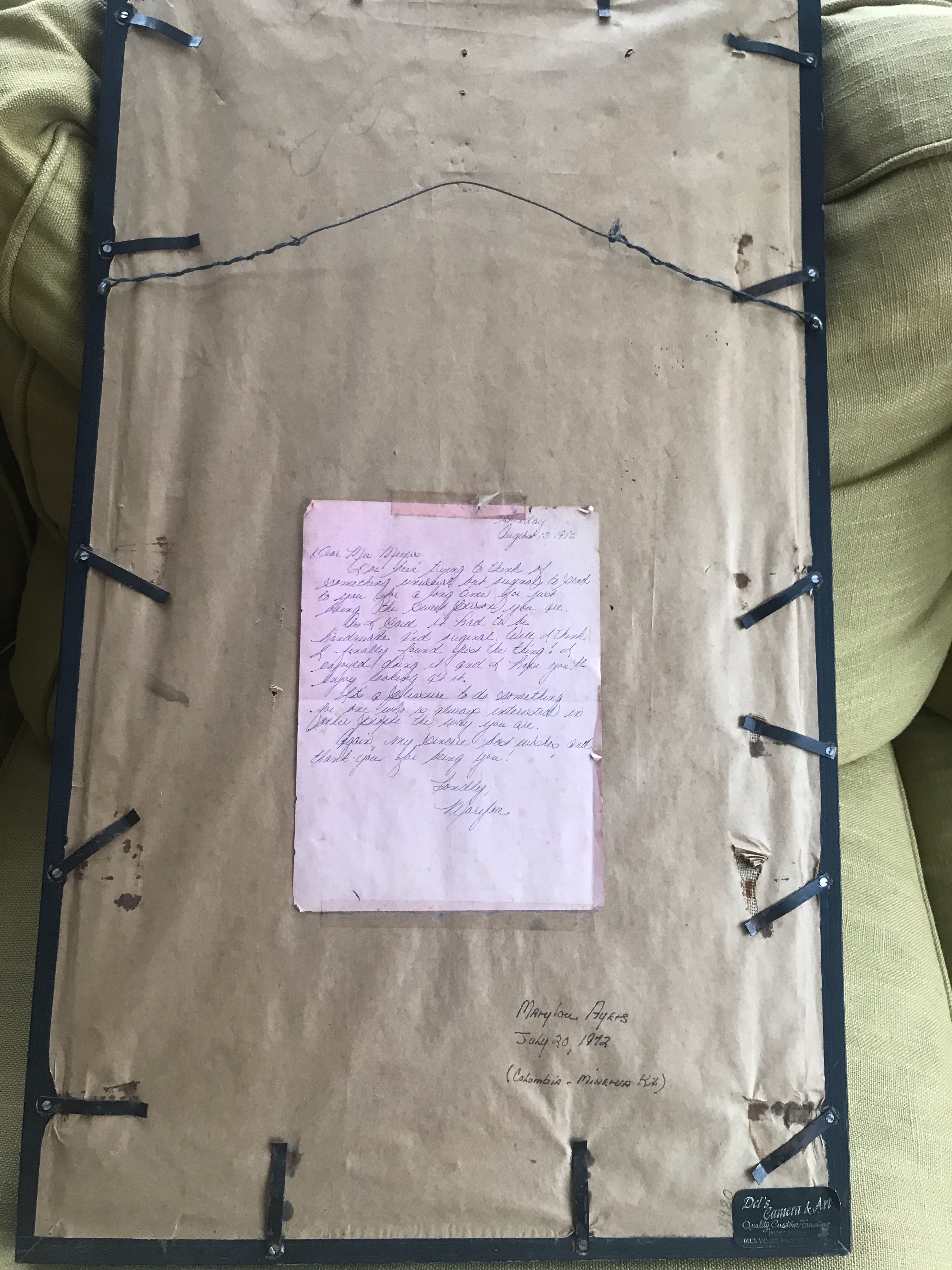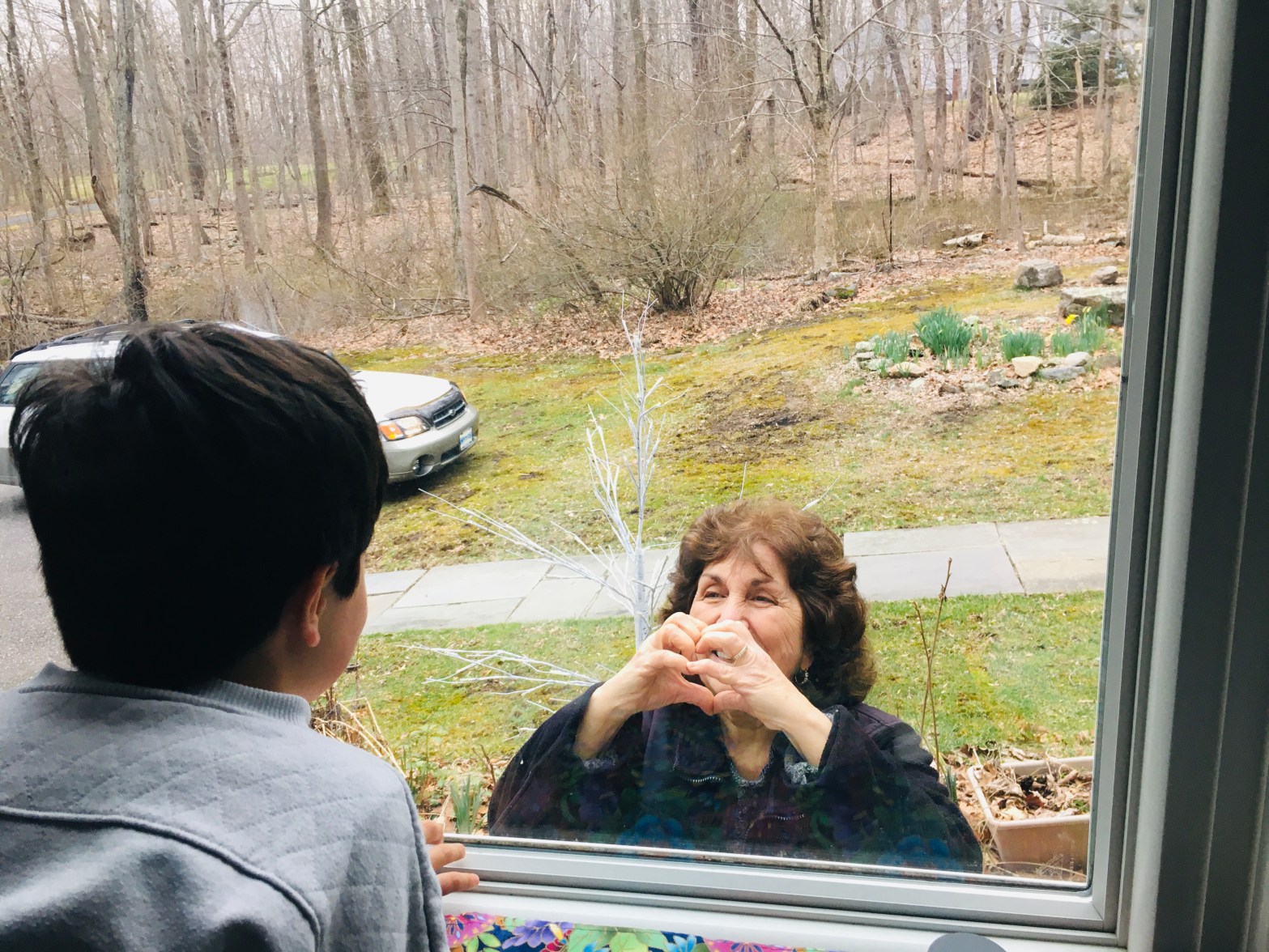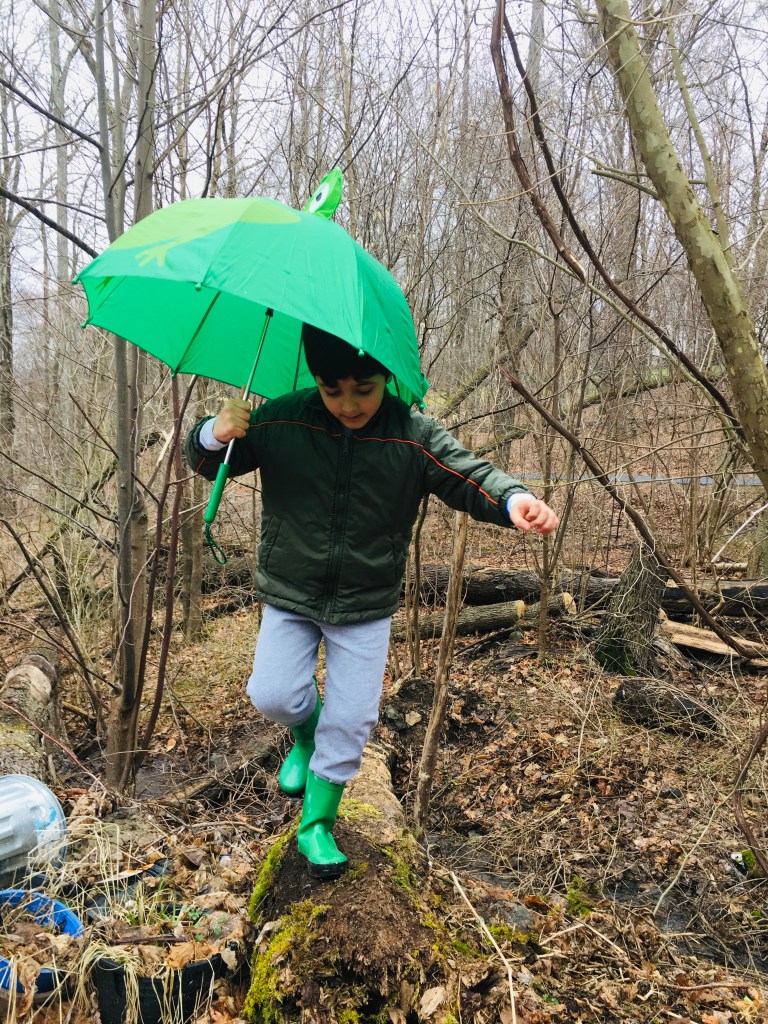by Taylor Leapley
Do I look fat? Can they see that pimple on my nose? My stomach isn’t flat enough. I
want a nose job, or maybe a boob job. Mine aren’t big enough. Will any guys think I’m pretty enough? Maybe I should eat a little less. How could I ever compare to her? I’m so bloated. Don’t forget to suck your stomach in for the picture. How does she always look so perfect? I didn’t get a lot of likes. Will they think this is weird?
Ugh, I wish I looked like her.
It is constant. A constant stream of thoughts, intrusions, cycling through young girls’
heads every day. It starts small, then it happens every time they open Instagram, TikTok, or Pinterest, and then it reaches the point where ten-year-olds are looking in the mirror and can’t look away without criticizing themselves first.
I want you to think about how you felt about yourself when you were ten. Did you think about how you looked? Probably not often. You most likely went about your day with mismatching socks, unbrushed hair, loud, messy, and childish. Maybe there was a Vogue magazine with a model that you couldn’t stop looking at. But the magazine was not in your pocket, following you throughout your day, glaring at you every time you opened it. Your daughter, on the other hand, faces a constant reminder. That is the difference; that is the danger.
Think about your daughter. Does she think about how she looks? Is she searching for the right ten-step skincare routine to put some unpronounceable acid on her young skin so she can be like the “clean girls” on TikTok? Is she asking for the 15-pound Stanley Cup to bring to school so she fits in with all the other girls? Is she 10 going on 25? Is she getting to be a child?
Nearly 40% of children ages 8-12 use social media (“Social Media and Youth Mental
Health” 4). These children are being exposed to an uncontrollable, foreign world on social media. That number jumps to over 90% when including teenagers, many of whom report using social media constantly. That is a constant influx of information and comparison. It is overwhelming. Social media’s emergence among preteens and even children has led to increased anxiety, depression, and distorted body image, and is changing how children are raised. And it is affecting girls disproportionately. I implore you to think about how social media is affecting your children before giving them free rein.
I understand that social media is not going anywhere; it is here to stay. I myself use social media, and I have seen the effects of it on my own life. I am worried about the next generation. If young adults, like myself, are affected, what does that mean for children? It is still new and constantly changing. I am not writing this to call anyone a bad parent or to lecture you. Instead, I am reaching out to you as a source of guidance, as someone who grew up on the cusp of reality and virtual reality. I am worried about the little girls I see who look so grown up. I see it in my cousin, who is obsessed with her iPhone, who has more Drunk Elephant skincare than I do, and who worries she is not pretty enough for the guys at school. Middle school is hard enough as is. I, myself, struggled in middle school. It is an awkward time for many girls and boys. Insecurities run rampant; finding good friends is hard; people are mean. I was lucky enough to have most of my childhood offline. And yes, the family iPad certainly drew me in, but my parents, although I hated it at the time, sent my brother and me outside for hours. Now, I am so grateful I had those experiences. The most imaginative times in my childhood were when I was outside, bored with my brother. We would make up games, create fantasy worlds, or ride our bikes. What will happen to children who do not get those experiences? I want girls to be able to discover their confidence and love themselves. As cheesy as it may sound, loving who you are can bring an immense amount of clarity and peace to your life. Being happy is such a profoundly important part of life. And it is hard to find sometimes. Happiness takes time, and it takes work. But that is all we really want, right? To be happy? To love yourself? To have meaningful relationships? Adding social media to the mix can be detrimental to our happiness, confidence, and social skills.
Now, I must recognize that social media offers so many terrific opportunities. It allows us to connect, to find community, to learn, and to explore. It is easier to reach people and make plans. We can connect with people from across the world. It even offers networks of social support and mental health services (Balamurali, sec. Methods). But it can be dangerous when not used carefully, for children and adults.
One of the biggest changes that social media brought was accessibility to other people’s lives. We can share the extravagant trip we just went on, or how we spent our Sunday apple-picking with our friends. While these highlights are great, that is just what they are, highlights. People are sharing the best parts of their lives. To a young girl, it may seem like these other people have such full and exciting lives where they are always perfectly put together and well, perfect, flawless even. This is where it gets worse for girls. Girls are exposed to “perfection” daily and are constantly comparing themselves. “They are subjected to more severe and constant judgements about their looks and their bodies, and beauty standards that are further out of reach,” and the algorithms are amplifying girls’ desires to be beautiful in socially prescribed ways (Haidt 154). The difference between a magazine and social media is that social media pulls girls in and can have them scrolling for hours on end. Algorithms are designed to keep people sucked in. A magazine does not have this capability. A magazine ends. Not only that, but these apps encourage girls to change how they look to fit certain standards. Snapchat has countless filters, TikTok has a beauty filter, Instagram has filters and editing, and Facetune can turn you into a completely unrecognizable person. These idealized images online are fake, and they are negatively affecting girls’ body image and self-esteem. As girls struggle with the pressure to fit beauty standards, they can develop depressive symptoms (Balamurali, sec. 4.2). In extreme cases, suicidal thoughts can emerge from the constant cycle of “I’m not good enough” or “I don’t deserve the same as these girls”. Can you imagine your daughter thinking that? Wanting to hurt herself because she doesn’t look like a fake image online?
Everyone has something they do not love about themselves. Insecurities are normal; however, it is not normal for an insecurity and comparison to turn into depression and anxiety. Social media is contributing to an increase in mental health problems. A UK Millennium Cohort Study conducted in 14-year-olds found that greater social media use predicted poor sleep, online harassment, poor body image, low self-esteem, and higher depressive symptom scores (Kelly et al.). Anxiety is 12% over its baseline, with depression close behind at 9% above. Why would you want to increase your child’s chances of depression and anxiety? I am on your side. We are all looking to find happiness, for ourselves and our loved ones. The Social Dilemma, a documentary about the dangers of social media, shows that US Hospital Admissions for Non-Fatal Self-Harm have gone up 189% for girls aged 10-14, and US Suicide Rates are up 151%. The increase began around 2009, when social media became available on mobile devices (Orlowski). This almost triples the percentage of girls self-harming. Think about your child when you look at these statistics. Can you even imagine?
Furthermore, adolescents who spent more than 3 hours a day on social media faced
double the risk of poor mental health, and there have been distinct changes in parts of the brain, including the amygdala and prefrontal cortex, because they are still developing. (“Social Media and Youth Mental Health” 5). More specifically, neurological consequences have been observed related to internet/gaming addiction, language development, and processing of emotional signals (Korte, sec. Abstract). This is causing children to disengage from the world around them. Social skills are not developing. Clinical psychologist, Lisa Damour, says that regarding friendships for girls, “quality trumps quantity” and the happiest girls “aren’t the ones who have the most friendships but the ones who have strong, supportive friendships”. After being on social media, girls found themselves with unreliable, fair-weather “friends”, followers, and acquaintances (Haidt 168). In fact, many people have more surface-level friendships. During the rise of social media, the rates of high school seniors who agreed they had friends they could get together with dropped quickly since 2012 (Haidt 169). We care about the effects of alcohol and drugs on young people because they cause negative effects on their development. If social media is also showing these negative effects, why are we not regulating it, too? It starts in each household, with each parent deciding what is best for their child. Think back to dinner with your friends when you were younger. Were you all on phones? Probably not. I go out and see dates more intrigued with the new celebrity drama than the person sitting across from them, families playing games on their phones instead of playing I Spy like my brother and I used to do. Look around next time you go out to dinner; how many people are on their phones?
Not only is social media hindering meaningful connections, but it is also exposing young children to a dangerous world. Social media is not always a safe place for girls. “Almost 6 in 10 teen girls reported being contacted by strangers on social media in ways that made them feel uncomfortable” (Foundation, sec. “Negative Effects”). Do you want your daughter to be contacted by a creepy man? In many regions of the virtual world, some men prey upon teen and preteen girls. Men focus on young girls and use “coercion, trickery, and violence to get sex.” The apps “make little to no effort to restrict interactions between adults and minors” (Haidt 166). On Instagram and TikTok, people can send direct messages to anyone. If your account is public, anyone can view your pictures. This is uncomfortable, dangerous, and most likely also confusing for young girls. They could be exposed to mature topics, asked to send nudes without being aware of the consequences, or emotionally violated. Some girls learn to believe that their body is the only thing interesting about them. This can be extremely damaging to their self-esteem and future romantic relationships. I am telling you this, not to scare you into never allowing social media, but to make you aware of the dangers, so you can proceed with caution and care.
So what can we do, what can you do as parents, to ensure your children are safe on social media? Jonathan Haidt, a social psychologist at NYU and bestselling author of The Anxious Generation, suggests some options. First, no smartphones before high school. Secondly, social media should not be allowed before the age of 16. These first two ensure children get a chance to have a phone-free or at least phone-limited childhood. They will have time to learn how to be bored, be creative, and most importantly, be a kid. This may seem daunting in a virtual world, but reach out to other parents and create spaces for your children to be kids with their peers. Lastly, prioritize unsupervised play and in-person socialization. This is where children thrive and can explore relationships and be imaginative. In addition to Haidt’s reforms, parents can take advantage of new features like Instagram’s teen account, which “limit[s] unwanted contact, show[s] content that’s right for their age and help[s] them manage their time on Instagram” (“About Instagram”). These features can help keep your children safer and less likely to be exposed to unwanted content online.
I look strong. No one will notice that pimple. My stomach looks great. I love my nose. I am confident in my body, the way it is. Guys would be lucky to have me. Let’s go out to dinner. She is pretty, and so am I. I look healthy. Smile for the picture. Everyone has good and bad days. I’m going to turn off my likes. Who really cares? I love this, so I’m going to post it.
Wow, I really love who I am.
It’s a totally different mindset, and it is refreshing. Take the shackles off. Social media can connect us, but it can also distort what it means to be enough, especially for young girls. Don’t tie yourself to other people’s expectations, to society’s expectations, to your phone. Our self-worth should not be measured by likes and followers. Do you want your daughter to look in the mirror and critique herself, or to look in the mirror and love herself? The conversation about preteens and social media isn’t just about screen time; it’s about childhood itself. It’s about having the freedom to be a kid, to grow up without worry, to live with a carefree mindset before you are thrown into the strains of adulthood. Let your children be creative and have fun. Spend time with them without your phone. Go outside. If these problems aren’t addressed, there is a risk that relationships turn more virtual than interpersonal. And while no one is necessarily banning social media, we must find balance, restore real connection, and protect mental health and safety during the most vulnerable years of development. Let’s start being real.
Works Cited
About Instagram Teen Accounts | Instagram Help Center.
https://help.instagram.com/995996839195964. Accessed 26 Oct. 2025.
Balamurali, R. The Role of Social Media in Shaping Adolescent Mental Well-Being: A
Comprehensive Review on Its Pros and Cons – Wake Forest University.
https://wfu.primo.exlibrisgroup.com. Accessed 2 Oct. 2025.
El Nahas, Rania Abdel Hai Ibrahim, and Shaimaa Zoelfakar Hamed Zoghaib. “The
Teenagers’ Exposure of Instagram and Its Relationship with Their Body Acceptance.”
The Scientific Journal of Radio and TV Research, no. 30, 2024, pp. 65–79.
wfu.primo.exlibrisgroup.com.
Foundation, The Annie E. Casey. “Social Media and Teen Mental Health.” The Annie E.
Casey Foundation, 10 Aug. 2023,
https://www.aecf.org/blog/social-medias-concerning-effect-on-teen-mental-health.
Haidt, Jonathan. The Anxious Generation: How the Great Rewiring of Childhood Is Causing
an Epidemic of Mental Illness. Penguin Press, 2024.
Kelly, Yvonne, et al. “Social Media Use and Adolescent Mental Health: Findings From the
UK Millennium Cohort Study.” EClinicalMedicine, vol. 6, Dec. 2018, pp. 59–68.
ScienceDirect, https://doi.org/10.1016/j.eclinm.2018.12.005.
Korte, Martin. “The Impact of the Digital Revolution on Human Brain and Behavior:
Where Do We Stand?” Dialogues in Clinical Neuroscience, vol. 22, no. 2, June 2020,
pp. 101–11. PubMed Central, https://doi.org/10.31887/DCNS.2020.22.2/mkorte.
“Social Media and Youth Mental Health.” The U.S. Surgeon General’s Advisory, 2023, p.
25.
The Social Dilemma. Documentary. Directed by JEFF ORLOWSKI, Netflix, 2020.
Tibber, Marc S., and Emma Silver. “A Trans-Diagnostic Cognitive Behavioural
Conceptualisation of the Positive and Negative Roles of Social Media Use in
Adolescents’ Mental Health and Wellbeing.” The Cognitive Behaviour Therapist, vol.
15, Jan. 2022, p. e7. Cambridge University Press,
https://doi.org/10.1017/S1754470X22000034.
“U.S. Teens Threats to Mental Health 2024.” Statista,
https://www.statista.com/statistics/1612286/us-teens-threats-mental-health/. Accessed 2
Oct. 2025.
Watson, Joshua C., et al. “Distress among Adolescents: An Exploration of Mattering, Social
Media Addiction, and School Connectedness.” Journal of Psychoeducational
Assessment, vol. 40, no. 1, Feb. 2022, 2022-20181-005, pp. 95–107. EBSCOhost,
https://doi.org/10.1177/07342829211050536.
